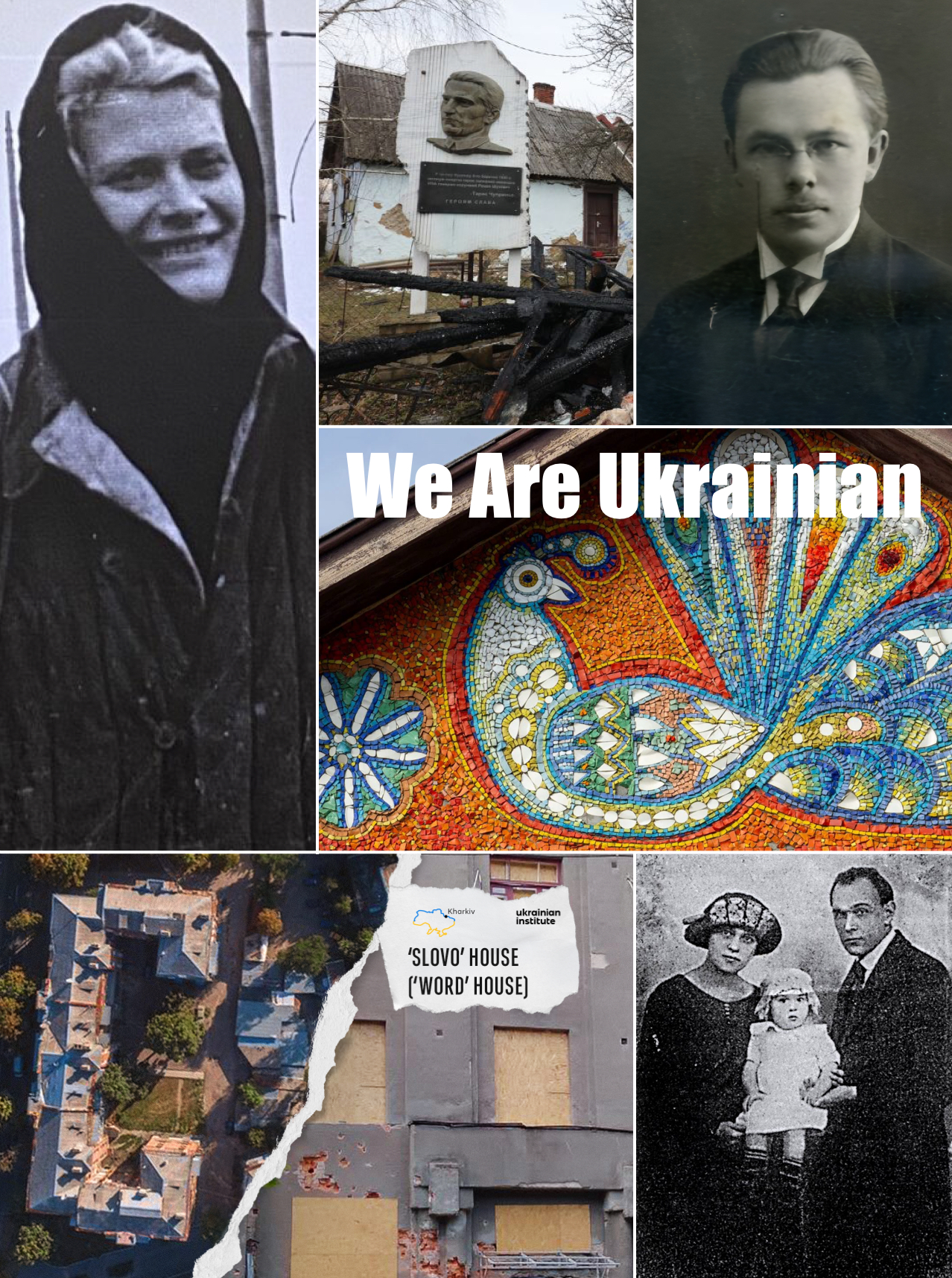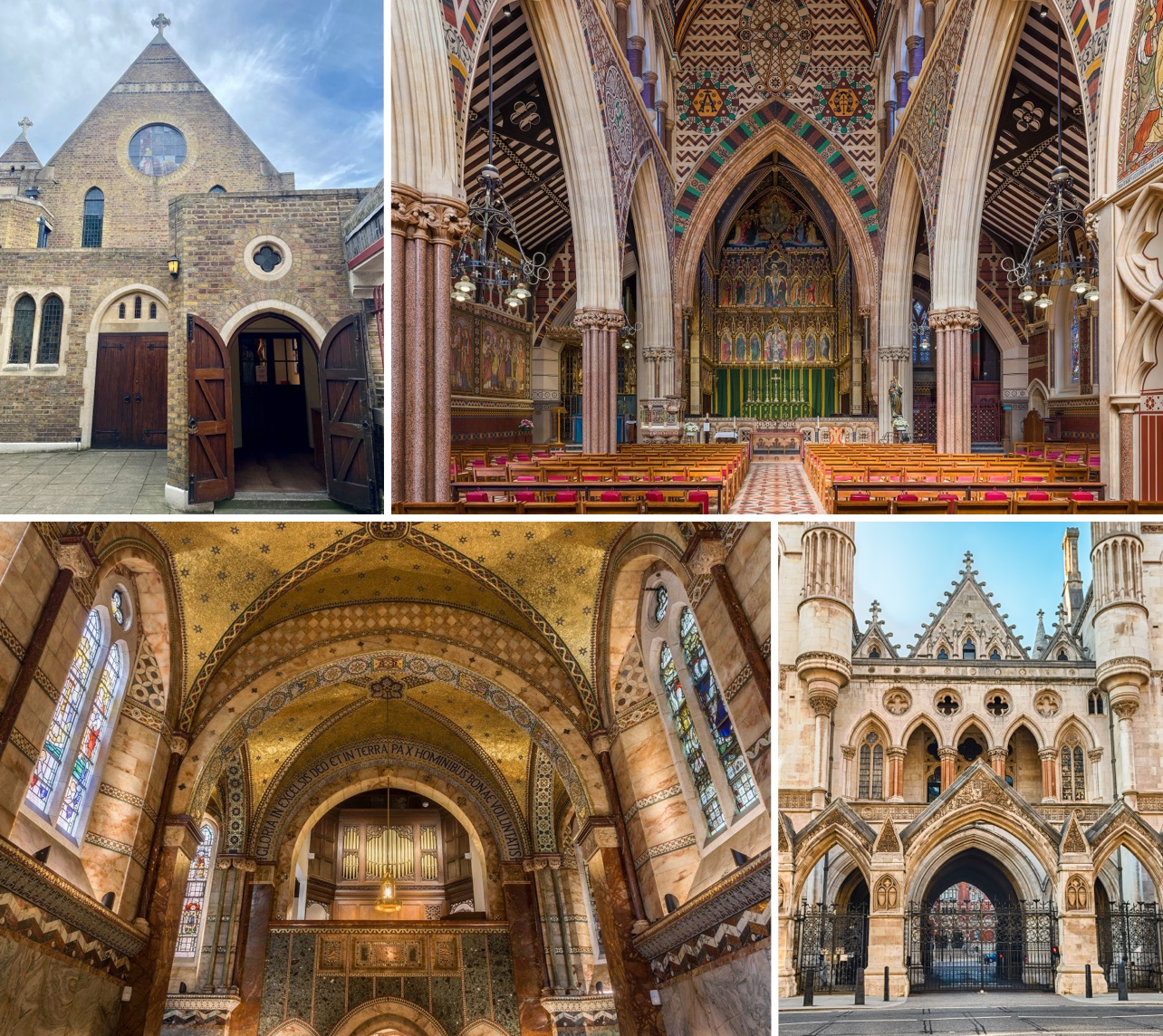Virtual Reality, as we know it, is derived from the seminal work of the Victorian Physicist Charles Wheatstone, who famously presented his Stereoscope to the Scientific community at the Royal Society in London on the 21st June 1838.
Today, stereoscopy is used in surgery, all forms of microscopy & in satellites to observe the Earth. Using the theories Wheatstone developed, we can extend stereoscopy from 2 to 100’s of images, building 3D models & worlds to view & explore.
Working with UK SME Aralia Systems and The Brian May Archive of Stereoscopy, we have started a Hexology collection that tells the story of Stereoscopy and Sir Charles Wheatstone, the self-taught physicist who became a Professor of Experimental Philosophy at King’s College London in 1838. Standing amongst a group of trail-blazing polymaths such as James Clerk Maxwell and Michael Faraday, Wheatstone and his achievements are not forgotten as Stereoscopy is celebrated around the world, on June 21st every year, Stereoscopy Day.
Aralia Systems
In the case of Aralia Systems, led by their CEO Mathematician Dr. Glynn Wright, 21st CE UK Innovation is peaking. Elata is an ultra-mobile 3D Scanner that attaches to your smartphone and uses state of the art cloud-based AI powered technology to scan and recreate accurate, low-cost 3D models. Wheatstone’s theories on Stereoscopy form a fundamental tenet to this application, which has been developed via an Innovate UK Award. Bravo!
The Brian May Archive of Stereoscopy
Sir Brian May, Astrophysicist and celebrated guitarist from the iconic rock band Queen, is an avid collector of stereoscopic images and has assembled one of the largest collections in the world. Working with archivists and subject experts Rebecca Sharpe and Denis Pellerin, they are pushing Stereoscopy and its relevance in the new digital era to new heights.
Wheatstone concluded that the brain resolves the distance of objects using Binocular Vision and to prove his theory, he demonstrated an instrument he designed to display two images, one perspective image for each eye. Using 2 mirrors mounted in a simple wooden frame to construct a primitive headset, Wheatstone’s 3D simulation, which came before the advent of radio & tv, shook the world. The Stereoscope became enormously popular in the 19th & early 20th CE, & was widely used for entertainment, education & as a way for people to see the world, in 3D.
Unlike computer generated 3D, stereoscopy immerses the Viewer in a real-life moment and in my experience, the affect on me was profound. Looking at high quality stereoscopic images through a modern viewer is a lot like looking through a wormhole that opens up a window back in time. Right here.. the potential is huge..

Credit: Stereoscopically photographed by Denis Pellerin.
A marble bust of Charles Wheatstone was exhibited at the Royal Academy of Art in 1878. These Victorians cast scientists as modern heroes & now in 2025, the posthumous likeness of Wheatstone sculpted by W.G. Brooker has been captured in 3D by Aralia using Sir Brian May’s replica of the original Wheatstone bust and their cutting-edge Elata technology.
Thanks to Sir Brian May, Denis Pellerin, Rebecca Sharpe of The Brian May Archive of Stereoscopy and Dr. Glynn Wright, Dr. Laurence Broadbent and Isla King of Aralia Systems for their inspirational energy and passionate contributions.
To see Wheatstone in 3D, and view the Elata, Wheatstone & 3D Collection in Hexology, open this link: https://links.hexology.co/collection/58a9c1e0-44f2-11f0-a04f-4fdb2ff7ea8c






